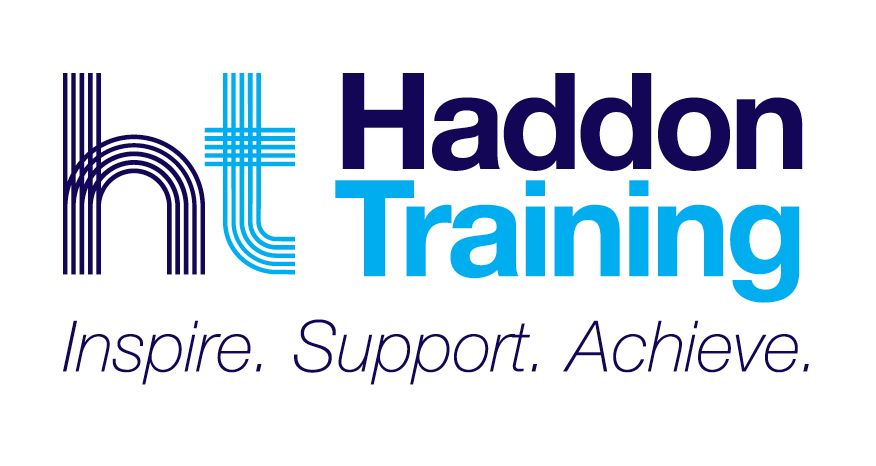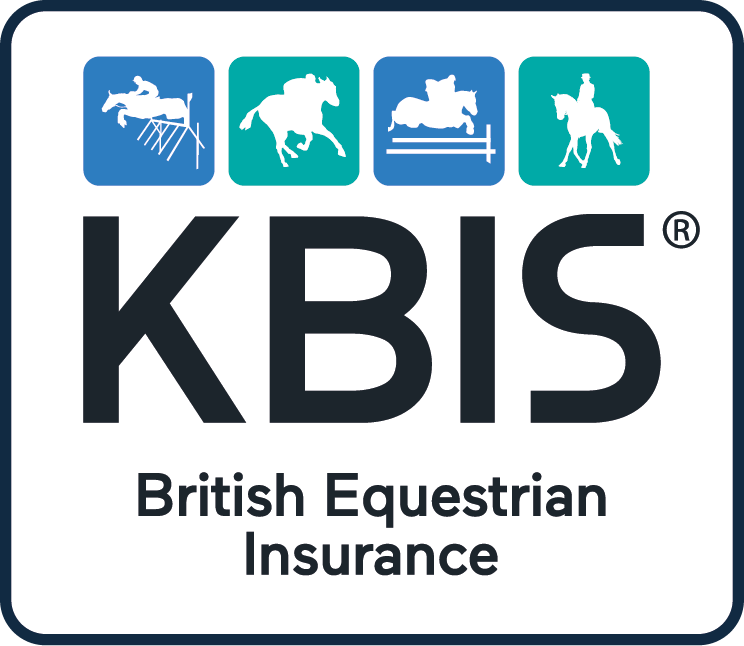- Join Us
- Login
- EEA ToolKit
- Employment Essentials
- Frequently asked
- Contracts and wages
- Time off work & absence
- Staff management & training
- Workplace disputes
- Dismissals and resignations
- Pregnancy and children
- Avoiding discrimination
- Redundancy and Retirement
- Other responsibilities
- Legal Helpline
- Recruitment
- Good Recruitment
- New starters
- Find a groom
- Good Employment
- Resources
- Downloads Library
- EEA Pension & Payroll
- Safe workplace
- Employers Minds
- Transporting horses
- Riding Establishment Licences
- Member discounts
- Business Hub
- Equestrian businesses
- The business plan
- Business compliance
- My clients
- Livery Contract Creator
- Financial matters
- Business challenges
- Marketing
- The EEA
- Employers Life
- Contact

Employer's Life
Getting employment status right is so important and is a complex area of employment law. An individual’s employment status defines the rights they have and the responsibilities their employer has. The three main types are employee, worker, and self-employed. WHAT ARE THE DIFFERENCES? Employee - An employee will work under a contract of employment. There is a “mutuality of obligation”, meaning that the employee has an obligation to do work that is offered, and the employer must provide work and/or must pay the employee. Worker - A worker will usually be engaged under an agreement to perform work or services for an employer. A worker will undertake work personally but is not obliged to accept work offered and/or work under the control of the employer. Examples of a worker include individuals on a zero-hour contract or agency workers. Self-employed - A self-employed individual will run their own business and have other clients. They are not required to perform work personally, are not obliged to accept any offer of work, and should not be subject to the same level of control as an employee or worker. You should never tell an individual that they are 'self-employed! We asked Employment Law Barrister, Victoria Von Watcher to help us answer some common questions in relation to employment status. WHY DOES ASSIGNING THE CORRECT EMPLOYMENT STATUS MATTER? Each employment status has differing levels of employment protection and employment rights, so it is important to assign the appropriate one. WHAT CAN HAPPEN WHEN SOMEONE HAS THE WRONG EMPLOYMENT STATUS? If a legal challenge is made, courts will take minimal notice of what each party says and look to the reality of the day-to-day situation. So, even if both parties agree at the time of hiring that the person would be ‘freelance’ or ‘self-employed’, should a challenge be made by the worker or the Department of Work and Pensions (DWP) the court will decide on the facts of what the true situation is. WHAT ARE THE KEY THINGS I SHOULD CONSIDER AS AN EMPLOYER WHEN DECIDING AN INDIVIDUAL’S EMPLOYMENT STATUS? Does the work giver decide what is to be done, how it is to be done, where and when it is to be done and provide equipment? If so, it is likely that there is an employment situation. If the worker works for several clients on an irregular basis on an ‘on demand’ regime, then it is more likely that they will be considered to be what’s known as a Class B worker (meaning they are entitled to sick pay and paid holiday) or self-employed. Self-employed status is usually only the case where an individual has ‘clients’ for whom they provide work, and to whom they can offer an alternative worker. WHERE CAN I GO FOR HELP WITH THIS? The EEA is here for you and your business. If you need support, you can get in touch with us at any time here. If you’re not a member yet have a look at how we can help you.Employment Status
15th November 2022

ASK THE EXPERT
BLOG ARCHIVE






















-Small.jpg)



